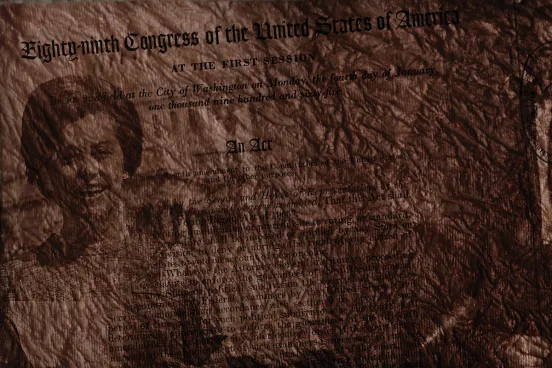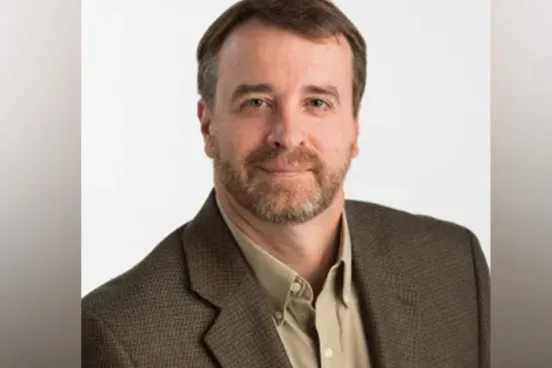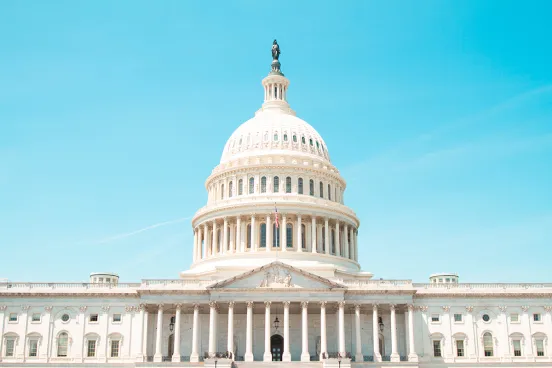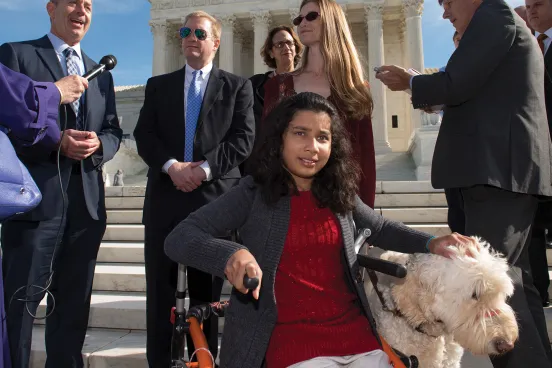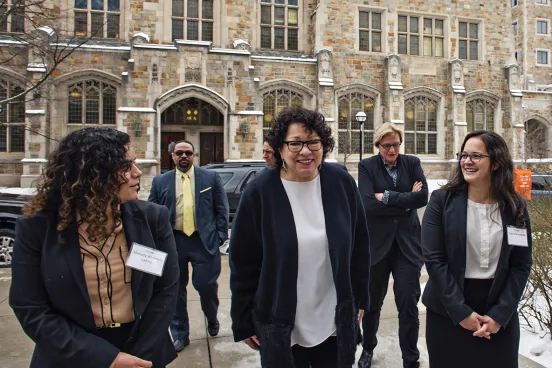Realizing something of a high court hat trick with their consecutive clerkships, three Michigan Law graduates soon will share the distinction of having served three of the foremost members of the nation’s judiciary: U.S. Supreme Court Chief Justice John G. Roberts, Jr., Justice Ruth Bader Ginsburg, and retired Justice Sandra Day O’Connor.
With their clerkships, Michael Huston, ’11, Eli Savit, ’10, and Jake Brege, ’12, join a long history of Michigan Law alumni at the Court; more than 30 graduates have held Supreme Court clerkships in the last three decades alone. “A Supreme Court clerkship is one of the highest honors a law student can receive,” says Professor Joan Larsen, who coordinates clerkship applications for Michigan Law and who was a clerk herself, for Justice Antonin Scalia. “It is an extremely selective process. Those who are chosen possess a unique combination of talents.”
Having recently completed his year with Chief Justice Roberts, Huston is personally acquainted with the caliber of excellence expected in the chambers of a Supreme Court justice.
“Clerking for Chief Justice Roberts was an incredible experience,” says Huston, who will return to Gibson, Dunn & Crutcher to practice appellate litigation. “It was certainly something I will never forget. He is an absolute pleasure to work with, and I learned so much from him about the practice of law. To have the opportunity to work closely with him and to learn how he thinks about cases, and to some extent how other justices think about cases, was a very valuable experience.”
The Michigan Law mantle now passes to Savit, who has been selected to clerk for retired Justice O’Connor. Savit says he is looking forward to the unique set of responsibilities he will have as a clerk for a retired justice—supporting Justice O’Connor’s efforts to promote civic education and performing active court work when she is sitting on various courts of appeal—in addition to serving as a fifth clerk for Justice Ginsburg.
“It is certainly a thrill to work for any Supreme Court justice, but the opportunity to work for two of them is very rare and special,” Savit says. “I am humbled and honored to have the opportunity to build a relationship with two figures of this magnitude. There is not a single part of this job that I’m not excited about.”
This is a sentiment shared by Brege, who will begin his clerkship with Chief Justice Roberts in 2015. “Everyone I’d talked to in law school said clerking is about the best job you can have,” says Brege, who clerked last year for Senior Judge David Bryan Sentelle at the U.S. Court of Appeals for the D.C. Circuit.
“They were right. I have learned so much already, and a Supreme Court clerkship is an opportunity to gain insight that you just can’t get anywhere else. It’s truly an honor. I’m not sure where this clerkship will lead, but I know that just about every door is now open.”
Larsen advises students that brains, good judgment, social skills, maturity, and excellent writing ability are essential to be competitive for the clerkships.
“You need to be at the very top of your class, and it helps to have served on the law review, often in an editorial board position,” she says. “You need the support of faculty to obtain recommendations, and to do that you need to make an impression. You need to demonstrate your engagement in the law.
“We are honored that the justices have recognized in our students that rare combination of legal brilliance and social acuity,” Larsen says. “A Supreme Court clerkship is an unparalleled experience and an unmatched credential for anything you would want to do in law.”



